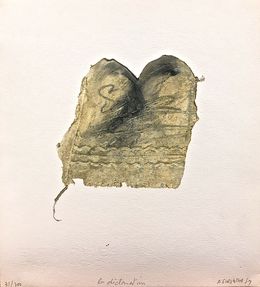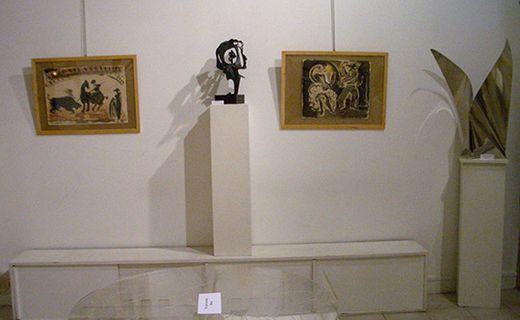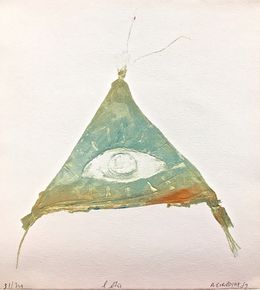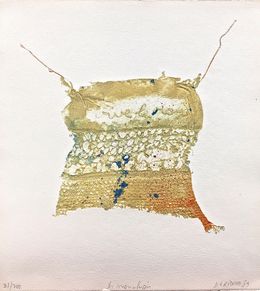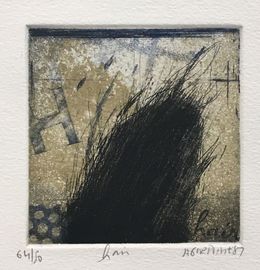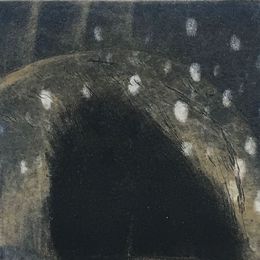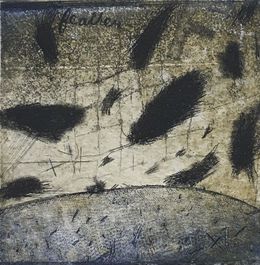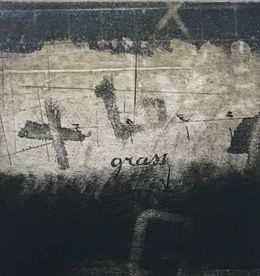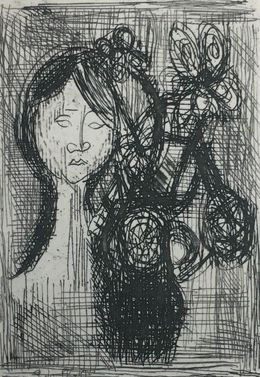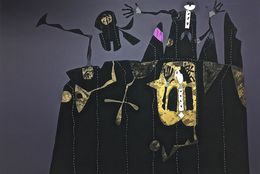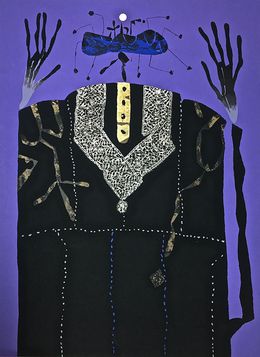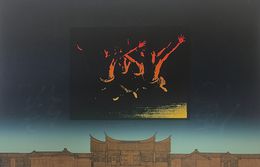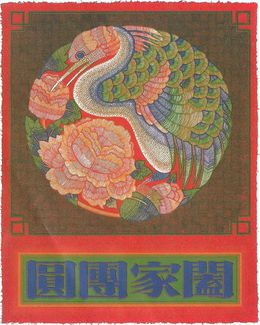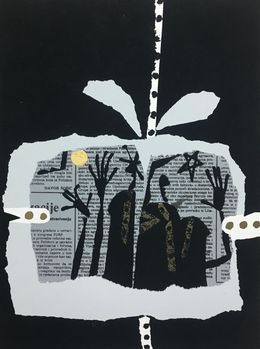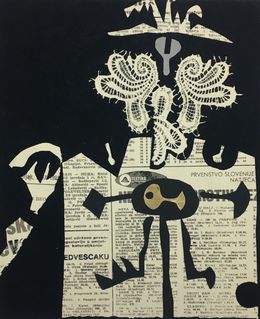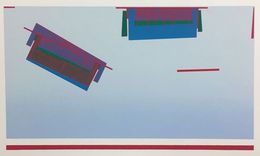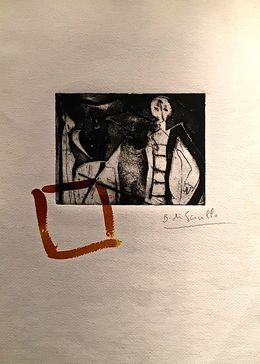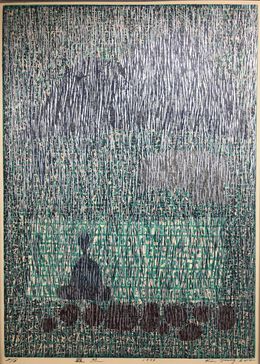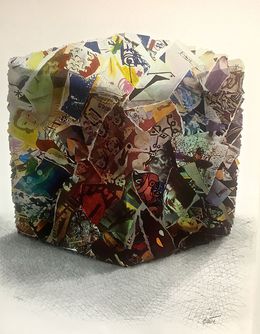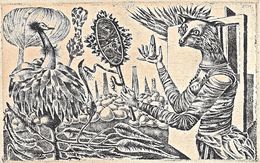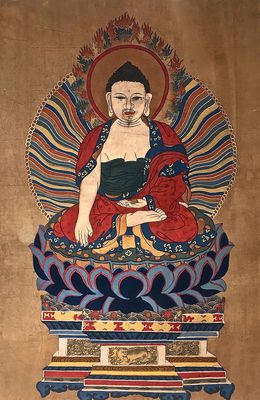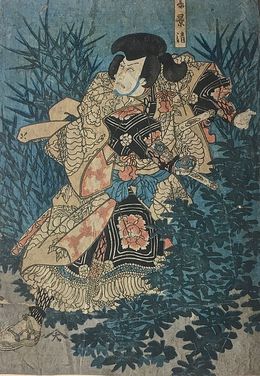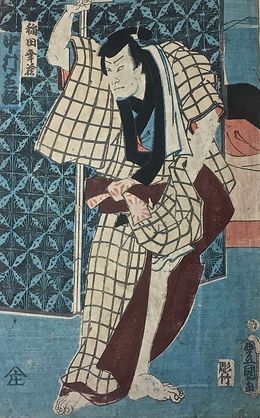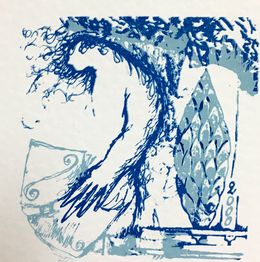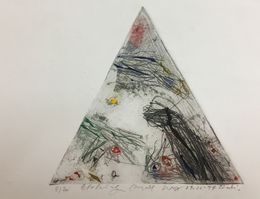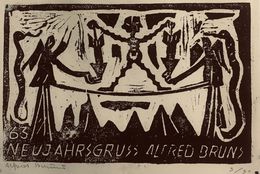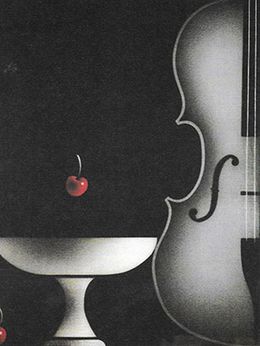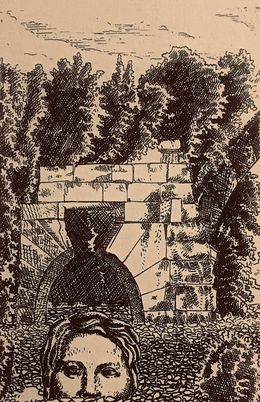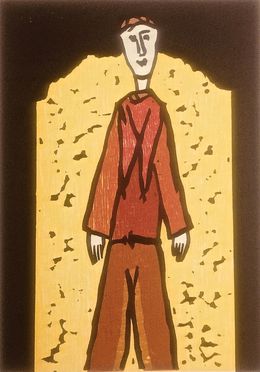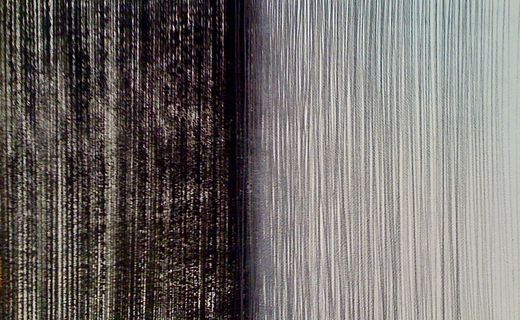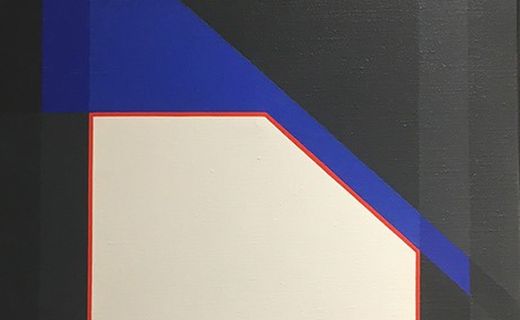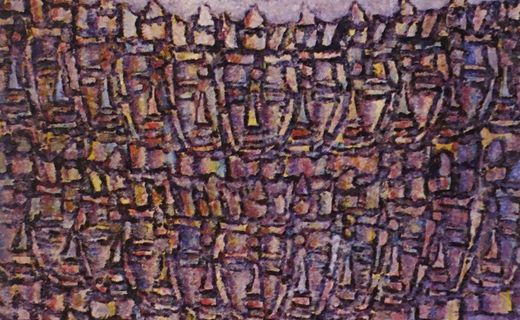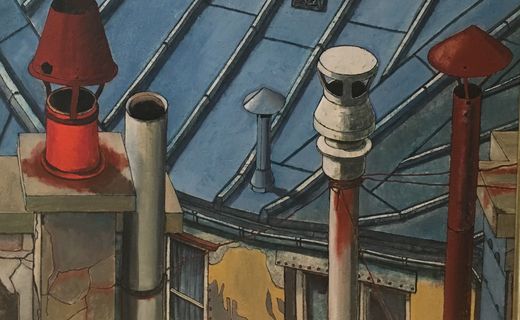Lise Cormery Art Gallery, Paris displays in this exhibition 157 prints, we can discover the different technical aspects as well as the different universe created by international artists.
The different biographies written by Lise CORMERY allow us to understand the specific research of each artist, wether a lettrist like SCAPAGNA, abstract like MOON SHIN, geometrical, figurative, mystical like or folklorical like CIUHA, historical like LIU YANG JER, etc.
Excerpt of Agend'ART, Guide of Contemporary Art
Lise Cormery, A & C Publishers, Paris,1989, 1990,1991
“ART AND TECHNIQUES OF ENGRAVINGS, by Lise Cormery
Agend’ART, Guide of Contemporary Fine Art, A & C Publisher Paris, 1989, 1990, 1991
The Art of the Post-War School of Paris (1945-1999), Michelangelo Publishing, Paris, 2021
“ART AND TECHNIQUES OF ENGRAVINGS
Engraving is a generic title often used to cover all the methods of multiplying prints, although the word should strictly apply only to the second of the processes described below. The first distinction to be drawn is between Reproductive and Original Engravings. A reproductive engraving being means of divulgating an idea expressed in a painting, drawing, statue or other medium, invented by an artist other than the engraver. An original engraving is an independent work of art invented by the engraver himself.
The three main types of engraving may be classified as, (1). Relief of cameo. (2) Intaglio and (3) Surface of planar.
I. RELIEF
The main techniques are Woodcut and Wood-engraving.
Woodcut. The principle of woodcut is to leave the black lines or patches as untouched wood and to cut away the parts intended to print as white. A single back line has to have the wood on each side of it cut away.
Wood-engraving. The main difference between wood-engraving and woodcut is the block itself, which is of boxwood cut across the grain for wood-engraving.
II. INTAGLIO
The Intaglio techniques are all forms of engraving on metal, usually copper, and they are distinguished from the older techniques by the printing method.
The great difference between a copper-engraving or any other intaglio print and a wood engraving which has been cut in a very similar way is that the ink lies on the surface of a wood-engraved block instead of being forced into the lines cut (intagliate) into the metal plate.
The main intaglio processes are
(1) Line (or copper) engraving
The sharp graver is pushed into the copper. This is the oldest of intaglio techniques.
(2) Dry-point
The simplest technique, consisting of drawing on the metal plate with a “pencil” made of hard steel.
(3) Etching including Soft-ground etching
The metal plate is covered with a resinous ground, impervious to acid, then the etcher draws on the ground with a needle, exposing the copper wherever he wants a line printed.
(4) Stipple, crayon engraving and color printing
It is obtained by a combination of etching and engraving techniques, stippling dots over a grounded plate with the point of an etching needle or, more usually, by the use of special tools, a “Roulette”, a spur-like wheel, which give an effect similar to the grainy quality of chalk. It can be combined with a “Mattoir”, which is an instrument like a tiny club with sharp points projecting from the head.
The French technique, sometimes called “Manière de Lavis” is an imitation of a wash drawing or a watercolour obtained by the use of a great number of “roulettes”, “mattoirs” and gravers.
(5) Aquatint
Like mezzotint, aquatint is a tone process rather than a line method. It is basically a form of etching, but using a porous ground which the acid can penetrate to form a network of fine lines, Picasso used this process.
(6) Mezzotint or “Manière Noire” see Mario AVATI Italy French Post-War School of Paris)
Invented in the 17th century and re-discovered by Mario AVATI whose family was from Italy.
The plate is first covered ith a mesh of small burred dots, made by a toothed chisel-like “rocker” or “berceau”. In this state, the plate would print as a solid, rich black.
The half tones and lights are obtained by scraping off the burr with a scraper, or polishing the plate smooth again with a burnisher so that the ink may be wiped off the highest lights. The technique is rarely practiced nowadays, because of its extreme difficulty.
* My friend AVATI, I exhibited in my Art Gallery and in FIAC, and although recognized as the Master of Mezzotint, with his CATALOGUE RAISONNE published while still alive, kept insisting on the fact that even “A Master”, in order to create a new mezzotint, has to work during forty hours with his “rocker” to get a perfect and deep black background. (Published by Lise Cormery, L’Agend’ART, l’Art et l’Adresse, Paris)
III SURFACE PRINTING
The one major process involving no cutting into the block or plate.
LITHOGRAPHY
The best lithography will be executed on a thick slab of stone. The historical studio “IDEM” in Paris, former Mourlot studio keeps creating and allowing artists to create lithographs. See Marko ZORIC, born in Paris in 1991, Serbia School of Paris of the XXIst Century, creating his lithography “PAX” the Crucifix.
Beware zinc plate in now more common, lighter and less fragile, but with less value for art collectors.
The whole technique invented in 1798 by Alois Senefelder, is based on the fact that water runs off a great surface. The design is drawn or painted on the stone with a greasy chalk and then the stone is wetted. When the greasy ink is rolled on the stone it will not “take” on the wet parts, but it will stick on parts which already greasy.
SERIGRAPHY OR SILK-SCREEN
It is not strictly speaking an engraving technique. The basic principles are those of a stencil, in that it is a method by which paint is brushed over a silk screen (nowadays also nylon) so that the colour penetrates those parts of the screen that have not previously been masked.
The process was originally developed for commercial purposes.
In recent years, the technique has been greatly developed as a method of making large number of artist-produced prints which can be sold at fairly low prices for art collectors. (See ZORIC 2019 in Galerie Lise Cormery, Paris and ARTSPER)
Some rare artists like Fiorenzo FALLANI, founder of FALLANI in Venezia and representative of Italy in CINOA, Confederation of World Fine Art Dealers, while respecting the painting of each artist, was able to transform this technic into Art with serigraphs magnified with velvet and gold or silver leaf. (See CIUHA in Galerie Lise Cormery, Paris and ARTSPER).
IV. Digital printing and GICLEE, NASH end of XXth Century
The Giclee pioneers were graphists and employees working for Nash Editions in California whose owner was the British musician Graham Nash. If Nash was mostly famous as a musician in the 70’s Folk group Crosby, Still and Nash, he was as well an art photographer and used an IRIS printer in order to create very good fine art quality prints for his photographs.
In the late 80’s and very early 90’s like today digital printing technologies give poor artistic results compared to traditional lithographs, serigraphs, etc. since the IRIS printer was initially designed to be used for offset or web printing.
As pioneers, Nash with his Nash Editions team used this new technology in a different way, indeed he had no desire to use it as a new industrial tool, with a bad digital signature like pixelization, etc.
In order to obtain a good quality Nash used IRIS prints with four nozzles to spray ink on Arches watercolor and art papers made in France.
Thus, the name Giclee comes from the French word for nozzle translated “gicleur” and spraying, translated “gicler”. The feminine form of the French verb “gicler” was created and we still use it nowadays.
Historically the giclee name was only given to IRIS Inkjet prints with a very good quality on Arches matte papers or canvas.
Not to be confused with the late 1990's Colorspan borrowing the IRIS technology and introducing the Giclee Printmaker FA, but its artistic result was and is still very weak. Although nowadays any inkjet print can be called a giclee, beware a top-quality printer comparable to the IRIS has to be used for digital fine art.
This is the reason why « IRIS prints » belong to the permanent collections of the MET, MOMA and Corcoran Gallery Washington, DC.
According to Jeff Rosenheim, Photo Curator of the Metropolitan Museum, « IRIS Print is the digital printing Cadillac » !"
Lise CORMERY, Author and copyright
L'Agend'ART 1991 and
ART of the Post-War Ecole de Paris, 2021,
Read more
